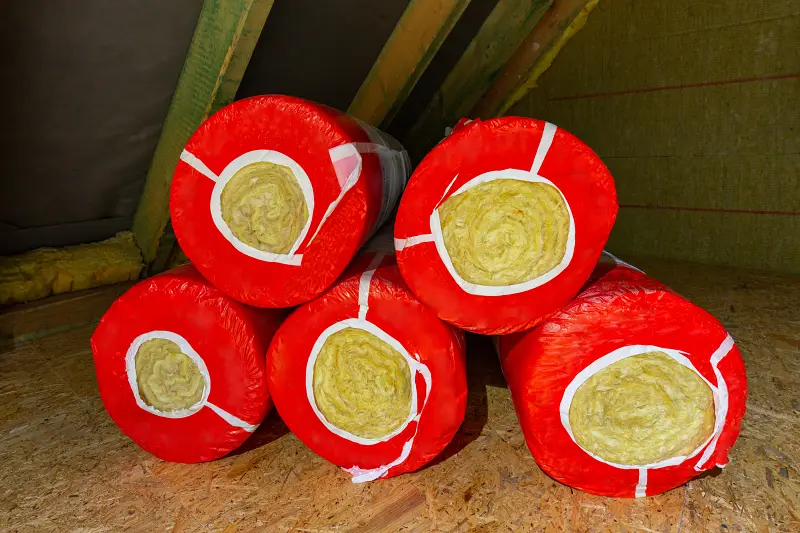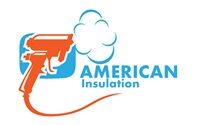Understanding the Importance of Attic Insulation
Attic insulation plays a crucial role in maintaining the energy efficiency of your home. Without proper insulation, heat can easily escape during colder months and enter during hotter months, causing your HVAC system to work harder and increasing your energy bills. Additionally, inadequate attic insulation can lead to uncomfortable temperature fluctuations throughout your living space.
Not only does attic insulation help regulate the temperature inside your home, but it also acts as a barrier against moisture and prevents potential damage caused by condensation. Moisture buildup in the attic can lead to mold growth, wood rot, and even structural issues if left unaddressed. Therefore, investing in high-quality attic insulation is essential for protecting both the comfort and integrity of your home.
Furthermore, having sufficient attic insulation contributes to reducing carbon emissions by minimizing the need for excessive heating or cooling. By creating an effective thermal envelope within your house through proper insulation installation, you not only save money on utility bills but also contribute positively towards environmental sustainability efforts. So don’t underestimate the importance of insulating your attic – it’s an investment that pays off in more ways than one!
Common Signs of Poor Attic Insulation
1) High Energy Bills: One of the most common signs of poor attic insulation is skyrocketing energy bills. If your attic lacks proper insulation, it allows air to escape or enter your home more easily. This means that during hot summer months, cool air from your air conditioning system can seep out through the attic, forcing it to work harder and consume more energy. Similarly, in winter, warm air generated by heating systems can escape through a poorly insulated attic, leading to higher heating costs.
2) Uneven Temperature Distribution: Another indication of inadequate attic insulation is uneven temperature distribution throughout your home. If certain rooms feel significantly colder or hotter than others despite running the HVAC system consistently, it could be due to heat transfer through an under-insulated or poorly insulated attic. Insufficient insulation allows outside temperatures to affect indoor comfort levels and creates temperature imbalances within different areas of your house.
3) Drafts and Air Leaks: Feeling drafts or noticing cold spots in specific areas of your home can also point towards subpar attic insulation. These drafts occur when there are gaps or cracks in the insulation material or around windows and doors that allow outside air to infiltrate indoors. In addition to making you uncomfortable, these leaks also decrease energy efficiency as heated or cooled air escapes while outdoor temperatures make their way inside.
By identifying these common signs of poor attic insulation early on, you can take steps towards improving energy efficiency and overall comfort in your home without breaking the bank on unnecessary repairs or excessive utility bills.

Choosing the Right Type of Insulation for Your Attic
When it comes to choosing the right type of insulation for your attic, there are a few factors you need to consider. First and foremost, you’ll want to think about the climate in which you live. If you reside in an area with extreme temperatures, such as hot summers and cold winters, then a high R-value insulation would be ideal. This will help keep your home comfortable year-round by preventing heat transfer.
Another important factor to consider is the size and shape of your attic space. Different types of insulation require different installation methods, so it’s crucial to choose one that fits well within your attic’s dimensions. For example, if you have limited headroom or obstructions like pipes or ductwork in your attic, blown-in insulation may be a better option than batts or rolls.
Lastly, don’t forget about any specific needs or preferences you may have when selecting insulation for your attic. Some homeowners prioritize eco-friendly materials while others focus on cost-effectiveness. Take into account any allergies or sensitivities as well – certain types of insulation can release particles into the air during installation.
By considering these factors – climate, space limitations, personal preferences – you’ll be able to make an informed decision when choosing the right type of insulation for your attic. Remember that proper installation is just as important as selecting the correct material; hiring a professional contractor can ensure that everything is done correctly and efficiently for optimal energy efficiency in your home.
Determining the Correct R-Value for Your Attic Insulation
When determining the correct R-value for your attic insulation, it’s important to consider several factors. The R-value measures the insulation’s ability to resist heat flow, so choosing the right value is crucial for energy efficiency and comfort in your home. One factor to consider is your climate zone. Different regions have different recommended R-values based on their average temperatures.
Another factor to consider is the type of insulation you’re using. Each type has its own specific R-value per inch, so you’ll need to calculate how much thickness or depth of insulation is needed to achieve the desired R-value for your attic space. For example, fiberglass batts typically have an R-value of around 3-4 per inch, while blown-in cellulose can range from 3-3.7 per inch.
The size and layout of your attic also play a role in determining the correct R-value. If you have a large attic with ample space for deep insulation, you may be able to achieve higher values without any issues. However, if you have limited space or obstacles such as ductwork or wiring that restrict installation depth, it’s important to choose an appropriate value that fits within those constraints.
Considering these factors will help ensure that you select the right R-value for your attic insulation needs. Remember that having too low of an R-value can result in energy loss and discomfort during extreme weather conditions, while having too high of an R-value may not provide cost-effective benefits in milder climates or well-insulated homes. By understanding these considerations and consulting with professionals if needed, you can make informed decisions about insulating your attic effectively and efficiently without breaking the bank
Preparing Your Attic for Insulation Installation
Before installing insulation in your attic, it’s important to properly prepare the space. Start by clearing out any clutter or debris that may be present. This includes removing old boxes, unused items, and any other materials that could hinder the installation process. It’s also a good idea to sweep or vacuum the floor of the attic to ensure a clean surface for the insulation.
Next, take some time to inspect your attic for any potential issues that may need addressing before installing insulation. Look for signs of water damage or leaks, as these can cause problems down the line if not addressed beforehand. Additionally, check for any gaps or cracks in walls or ceilings that could allow air leakage and compromise the effectiveness of your insulation.
Once you’ve cleared out and inspected your attic, it’s time to measure and calculate how much insulation you’ll need. Take accurate measurements of the length and width of each section where you plan on installing insulation. Use these measurements along with information about recommended R-values (the thermal resistance rating) for your region to determine how much insulation is needed.
By taking these steps to prepare your attic before installing insulation, you can ensure a smooth and effective process. A well-prepared attic will provide better energy efficiency and comfort in your home while maximizing the benefits of proper insulation installation without breaking a sweat!
